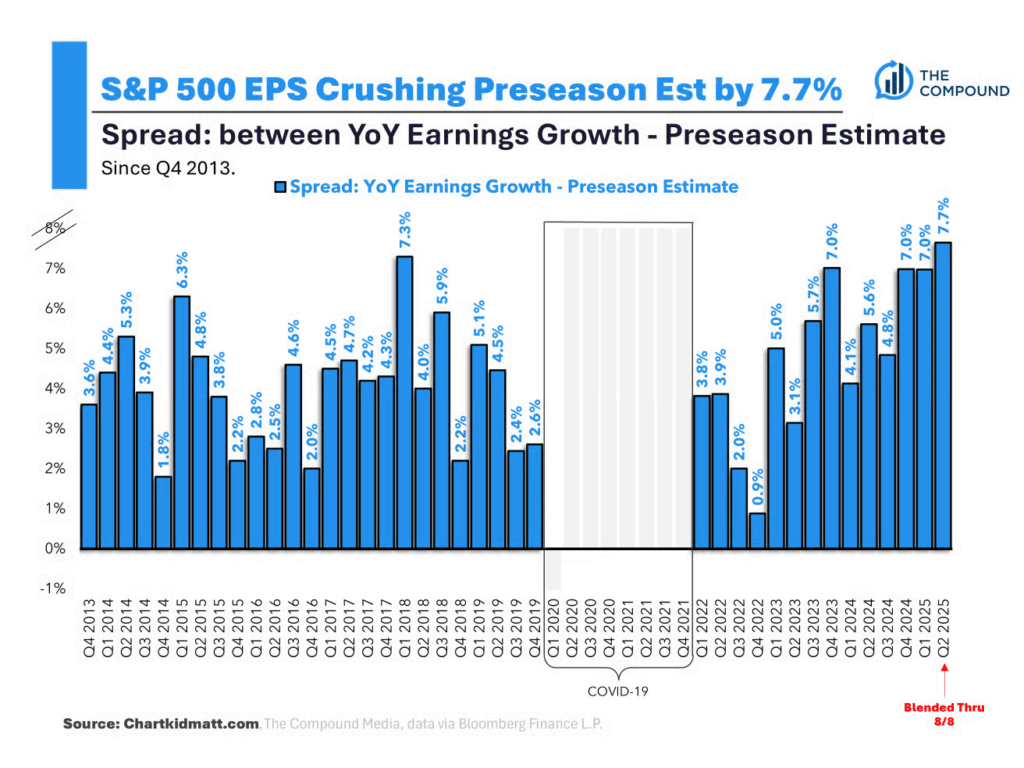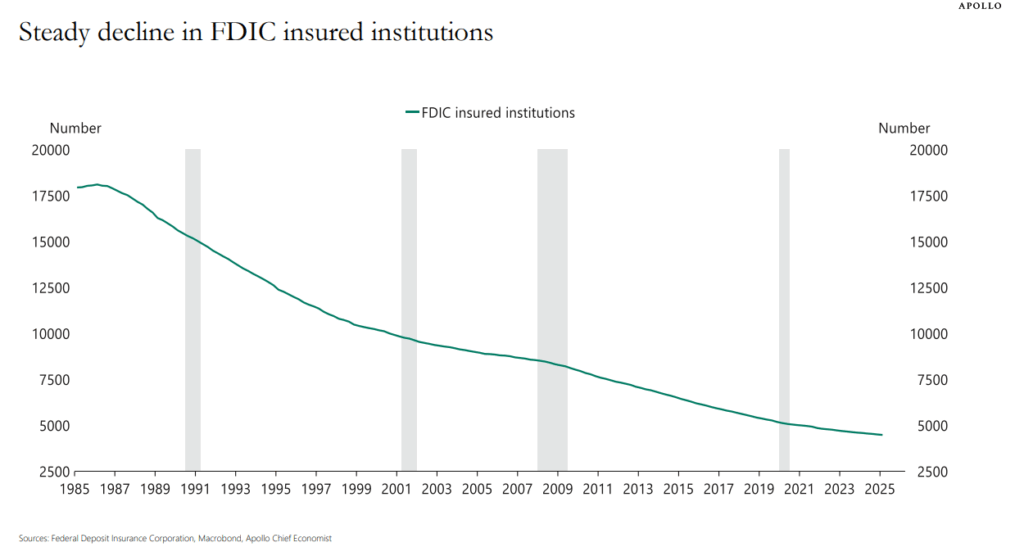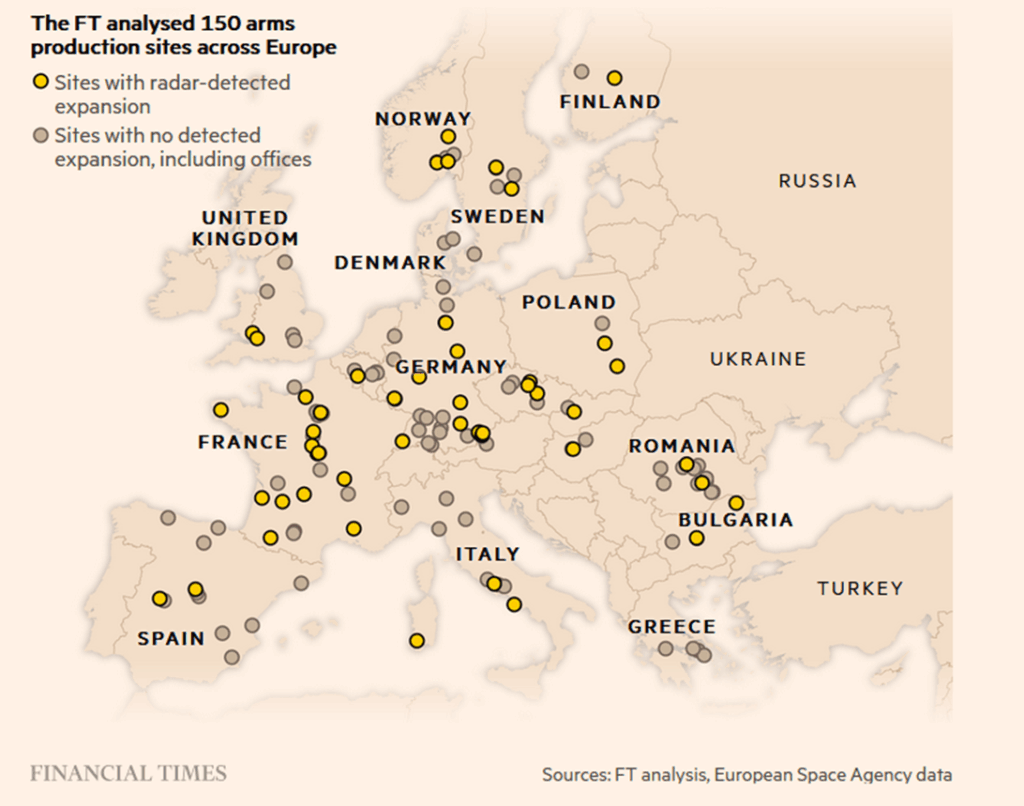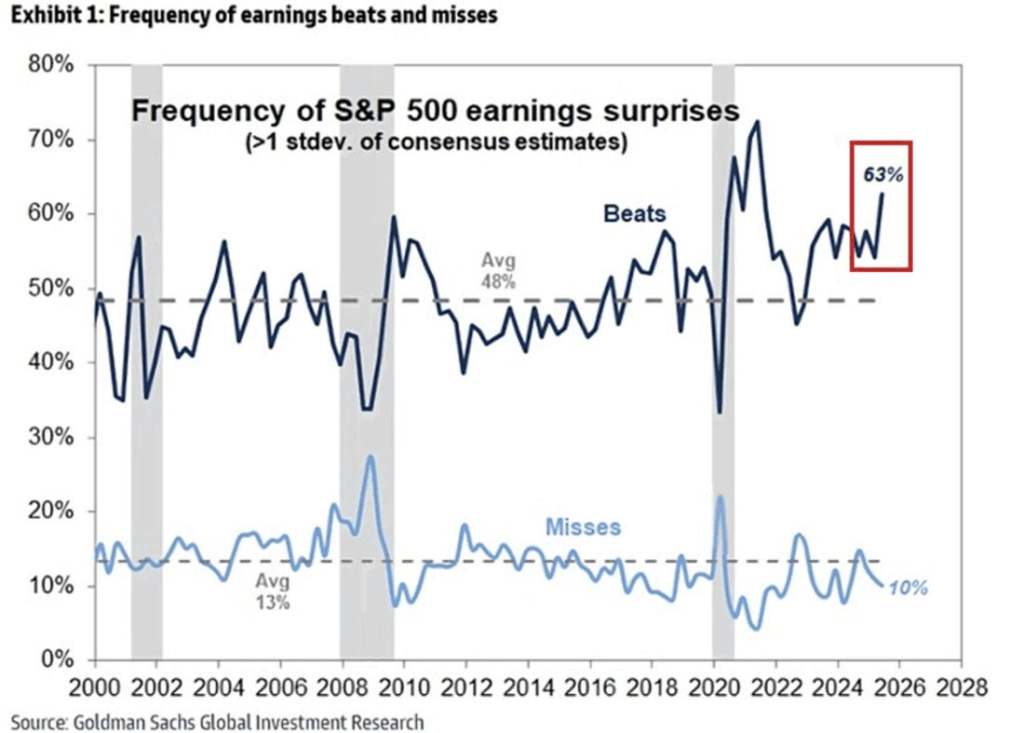1. Stock Buyback ETF New All-Time Highs.

2. Tech Hits Another Record.

3. Stablecoins Passing Visa Transactions Volume.

4. Ethereum 5-Year Chart.

5. Small Cap +5% in 2 Days….Micro-Cap ETF Breaks Above 2024 Levels….Sign of Rate Cuts Coming Postive for Small Cap.

6. Global Leader in Offshore Wind -45% One-Year.

7. Eight Months of International Stock Bull Market Some Huge Gains.

https://www.linkedin.com/in/peter-mallouk
8. NYC Stops Hiring.

9. U.S. alcohol consumption drops to a 90-year low, new poll finds-SF Chronicle
By Jess Lander,Staff WriterAug 13, 2025
A new Gallup report reveals that only 54% of American adults reporting drinking alcohol in 2025.
The percentage of Americans who report drinking alcohol has hit a nearly 90-year low, according to a recent Gallup poll.
The results of Gallup’s annual Consumption Habits survey, released Wednesday, revealed that only 54% of U.S. adults reported drinking alcohol in 2025. This figure represents a three-year decline from 67% in 2022, and falls below the previous record low of 55% in 1958.
Another record low from the 2025 poll: Only 24% of drinkers said they had a drink in the past 24 hours, down from 32% two years ago.
Gallup’s survey of roughly 1,000 U.S. residents, which the company has conducted since 1939, was consistent with other reports on declining alcohol consumption and sales. While there are many contributing factors to the slump — cause for deep concern within California’s $55 billion wine industry — Gallup’s data largely points to the shift in how Americans view alcohol’s effects on health. For the first time since 2001, a majority of Americans surveyed — 53%, up from 45% in 2024 — said they believe drinking in moderation, defined as one or two drinks a day, is bad for their health. In 2018, just 28% of Americans surveyed believed alcohol had negative health impacts.
Perception has changed drastically since the 1990s, when a “60 Minutes” episode about the French Paradox — the belief that a stereotypical French diet heavy on butter, cheese and wine lowers the risk of heart disease — launched a decades-long wine boom. Gallup added questions about beliefs on alcohol’s impact on health in 2001: Through 2011, the percentage of people who believed alcohol was bad for them “hovered near 25%,” states the Gallup report, “roughly equal to those who considered drinking beneficial.”
Yet since then, “the medical research has turned,” said Gallup expert Lydia Saad, who authored the report. Today, only 6% of respondents said they believe alcohol is good for one’s health, another survey low. The shift has occurred as new studies have called the French Paradox hypothesis into question, offering evidence that alcohol has negative impacts on health and can even increase the risk of several types of cancer. In 2023, the World Health Organization declared that no level of alcohol consumption is safe for our health, and earlier this year, the U.S. surgeon generalissued an advisory that stated alcohol is the third leading preventable cause of cancer in America. The U.S. Dietary Guidelines could follow suit this year with a potential change to its recommendation on alcohol consumption. The Gallup report likens alcohol’s decline to tobacco’s in the 1960s after the U.S. surgeon general’s warnings, which “marked the start of a long-term decline in smoking.”
“We’re seeing how quickly Americans have absorbed the information that drinking is likely bad for your health,” said Saad. “The more these findings are reinforced by health authorities, doctors, the federal government, the more likely it is that people who have resisted thus far in believing alcohol is bad for their health may change their minds.”
Moreover, Saad said that while “people who say drinking is bad for your health are still drinking,” the data reveals that many are cutting back. The average number of drinks consumed over the past seven days is 2.8, down from 3.8 drinks a year ago and the lowest figure since 1996. Forty percent of drinkers said it had been a week since they last consumed alcohol — a 25-year high. Those concerned about alcohol’s health effects are having fewer drinks on average than those who aren’t, the data shows.
Read on for other key takeaways from Gallup’s report on alcohol consumption.
https://www.sfchronicle.com/food/wine/article/drink-alcohol-americans-poll-20812180.php
10. Socrates Lived Through a 27-Year Long War.
It’s so easy to idealize the past. As if people haven’t always been deranged. As if things haven’t always been falling apart. As if fate hasn’t always been indifferent to everyone and everything.
Socrates lived through a 27-year long war—a great power conflict between Athens and Sparta…and then in a country ruled by what was known as the 30 Tyrants. Zeno lived in a world torn apart by the wars of Alexander the Great’s successors (and his own personal shipwreck). Cato saw the Republic fall. Seneca lived through Nero and watched Rome literally burn. So unstable were things that, shortly after his death, people enjoyed the spectacle of the “year of the four emperors” Epictetus spent three decades in slavery. Marcus Aurelius, as we’ve detailed, saw flood and famines and wars. Indeed, this whole period is known as the beginning of the decline and fall.
One could go on and on and on. The point is: It’s always been rough. The point is: It always will be rough. The Stoics were tough—they had to be, to get through what they lived through. You will need to be tough if you’re going to make it through what the present and the future holds.
None of us control when we were born, only how we live. None of us control what our leaders do—not really anyway—only how we live, how we act, how we lead in our own lives. We don’t control what happens, we control how we respond to what happens. We don’t control the awfulness of our times, only whether we rise above them, only whether we do good for and inside them. https://dailystoic.com/



































